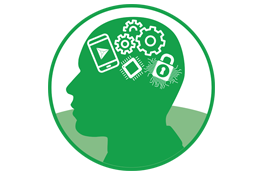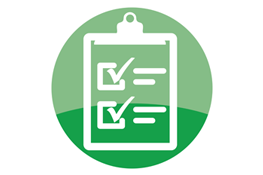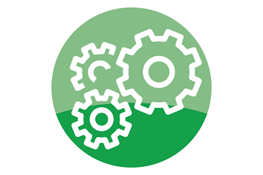We have talked about why - we exist to change lives for a better world, how - Honorable, Results++, and Humble Charisma, who - Velocity, Momentum, Ingenium and RPRS/GWC, and where - we're going to a thousand families in ten years.
Finally, we have arrived at What. At Velentium, we have nine (9) specializations in medical device development:
· Usability & Human Factors
· Embedded Security
· Test Systems
· Electrical Design
· Mechanical Design
· Firmware
· Mobile & Cloud-based Apps
· Systems Engineering
· Prototyping & Manufacturing
We identified these nine areas, then aggressively worked to grow or hire subject matter experts within them.
Let's talk about test systems first. Within test systems, broadly speaking you’ve got characterization tests, design verification tests, and factory tests. Characterization testing is every parameter, full sweep. Let’s say I want to hit a device with a particular range of picofarads, frequency, and amplitudes. You perform all the sweeps and different permutations, and what used to take two weeks to complete, our automated characterization testing can complete over a weekend or potentially even overnight. Design verification testing is a step down from characterization. Once we build a characterization test system, converting it to design verification is like saying, "Okay, within these parameters, which are the parameters we anticipate using therapeutically, and let's make sure it works for all permutations. Then you arrive at factory tests, which evolve from design tests. Factory tests are checking to make sure a device works per the verified design at each manufacturing stage.
Electrical, firmware and mechanical development are reasonably self-explanatory, as are mobile apps and cloud-based apps. Human factors and cybersecurity both relate to the development lifecycle. Traditionally, project development has tacked on both of these areas like an afterthought to the product. Contrary to this practice, we have SMEs who help advise regulatory and best-practices bodies who know that in order to create a secure medical device, a device that provides a “simple is hard but simple is worth it” experience to the patient or the clinician, you can’t do human factors or security as an afterthought. We talk a lot about the “secure development lifecycle.” We’re looking at the whole picture, end-to-end needs for a device from IP to reality to post-market.
Finally, we look at the area of expertise that brings everything together: systems engineering. If you hire one company for electrical, another for mechanical, a third for firmware, and a fourth for your mobile app, they're all going to be pointing fingers at each other, maybe struggling to coordinate, and no single company is going to take that whole-systems view of the project. We've seen time and again that projects fail at the interfaces between these different subsystems.
If a client hires Velentium for all aspects of their design project, our systems engineering group will tie all of the disciplines together. Having systems engineering expertise means we can do end-to-end medical device development where we design and develop the implantable, all peripherals outside the body, design the test systems, perform the testing, and do the manufacturing and postmarket surveillance, providing regulatory and submissions assistance throughout. Or, even if we’re only contracted to do a portion of the project work, our QMS requires regular internal assessments with independent reviewers, which means adding a resource with another kind of expertise to look at your subsystem and ask questions based on how it interfaces with the whole project.
In the final post, we will go over a few quotes that fuel the Velentium company culture and differentiate us from our competitors.










